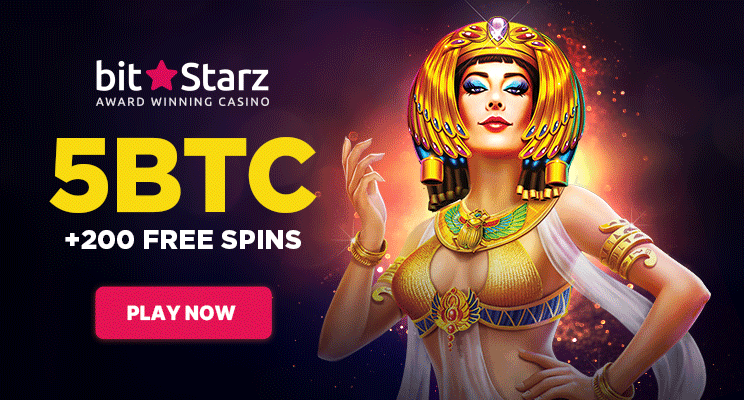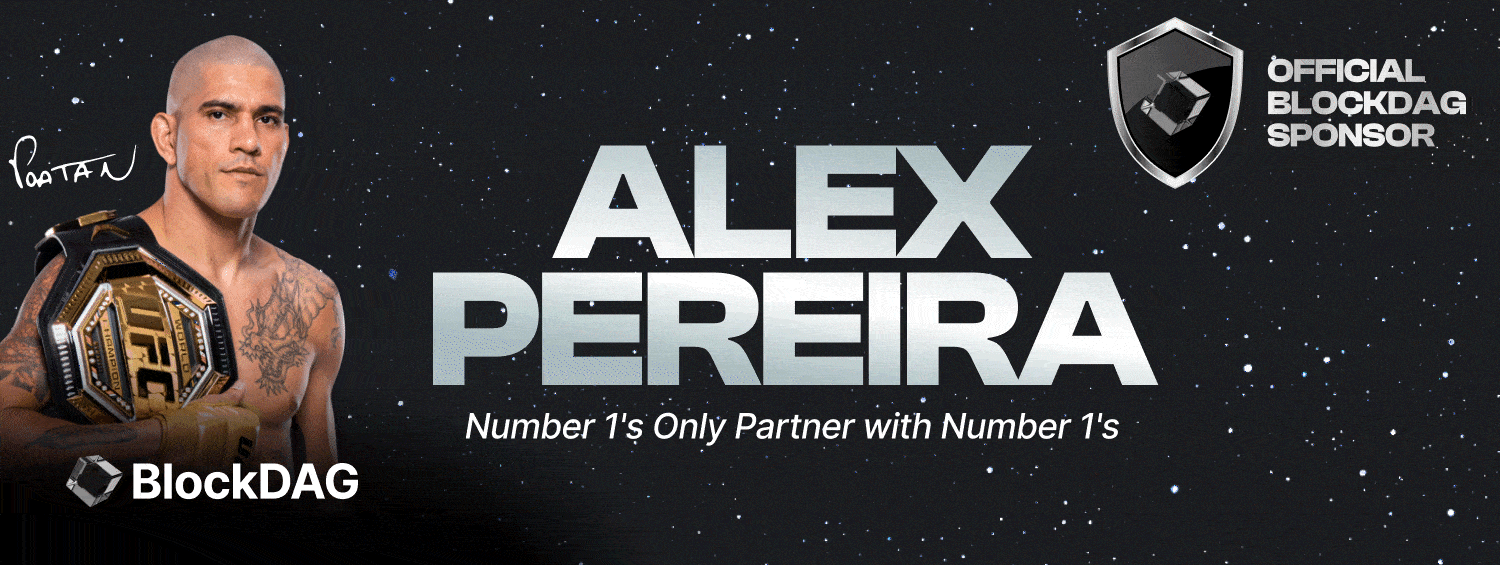Since the early 2000s, the video game industry has been steadily growing. Every year, more consumers join the gaming world, and a constant stream of new games gives players reasons to keep spending money. While it can feel like the industry has its formula down, I believe that everything is about to change.
From Pay To Play To Paid To Play
There is a big issue looming over the gaming industry right now: people are not compensated for the time they spend playing games. Gamers will invest countless hours of their time into a game and, when they’re done, have nothing left to show for it—all of the items and status they’ve acquired in the game don’t come with them. On top of that, a lot of these games require you to spend money to acquire different items and perks that are only relevant within their game.
Fortnite and PlayerUnknown’s Battlegrounds (PUBG) are two great examples of this. These two games flipped the normal gaming model on its head, where instead of requiring players to buy the game, they gave their game away for free and charged players microtransactions to get in-game items. This new strategy has worked to the tune of billions of dollars, with PUBG raking in $1 billion-$2.4 billion in revenue every year since 2019 and Fortnite earning even more with annual revenue numbers between $3.5 billion-$6 billion in the same time frame.

I have no issue with this business model; in fact, I believe that, for its time, it was a really smart one. However, a new alternative is being presented to consumers, and it has the potential to make this model a thing of the past.
This new model rewards consumers for the time they spend in the game, one where gamers get paid to play. This doesn’t mean gamers are getting paid hourly to play the game. What this looks like in practice is giving players incentives like cryptocurrencies for completing certain tasks or allowing them to sell their in-game items for cash.
All of this will be handled in the blockchain, where each transaction can be made securely and with verification. Whether or not gamers are familiar with blockchain doesn’t matter because gaming will act as an onramp for them into Web3. Right now, in the current microtransaction model, once a player has purchased items for their game, there isn’t much they can do with them beyond that. If you spend money to get a new skin or gun in a game like Call of Duty, you have no way to recoup your costs. All money flows to the publisher, and none of it comes back to the gamer.

But now, all of that has changed thanks to Web3, not only because the technology enables this to work in a secure way but also because of the mindset Web3 founders bring to the industry. According to crypto wallet Metamask, Web3 is “an umbrella term for the vision of a better internet; an internet with an added identity, money, and social layer. An internet built upon open protocols that value transparency and innovation.” Metamask also adds that one of the core themes of Web3 is the “distribution of power and agency to everyday people building, maintaining, and governing online platforms.” It is this mindset that has led to this innovation in the gaming space and will continue to keep user experience and distribution of the rewards at the forefront.
Web3 Games To Watch Out For
The only caveat is that the games themselves need to be good. Gamers won’t play bad games purely for financial incentives. However, when presented with two games that are equally fun, one compensates for them, and one doesn’t, then the choice becomes obvious. Below are some notable Web3 games and how they’re tackling player compensation,
Parallel is a sci-fi-based, free-to-play digital card game where players build decks and face off. Though not necessary, players can buy and sell cards and earn the in-game PRIME currency (for ranked wins). With the intention of turning the game into a media franchise (comics, collectibles, etc.), Parallel raised $50 million in 2021 and recently entered open beta earlier this month. Despite being in beta, the game secured 3 Game of the Year awards in 2023.
Axie Infinity is a universe filled with collectible creatures called Axies. “Axie features a player-owned economy where players have complete ownership of their digital assets and can buy, sell, and trade them just like physical trading cards and collectibles.”

Illuvium is “built as a fully decentralized protocol and offers players a triple-A blockchain gaming experience.” Players of the game have the ability to shape the future of the game through a voting system. Further, stakes in the game receive regular yields and distribution of the game’s revenue, incentivizing them to stick around with the game for the long haul.
Shrapnel is a game designed with player-generated content at its core. Of all the companies listed, it is the earliest in development, but their roadmap shows plans for players to be able to build skins that they can then mint and sell as NFTs, build maps that are accessible in the game and more.
It’s About Customer Buy In
The ability to shape your experience, be rewarded for your long-term investment in a game, and make money from the items you create and acquire makes for a better overall experience for any gamer. This is why I believe the current gaming model is in jeopardy because this new model makes more sense for everyone. Gamers get rewarded, while developers turn casual players into die-hard fans.
There’s a valuable lesson here whether you’re a Web3 founder or not. Giving your users the ability to shape, mold and be rewarded for their dedication to your product creates lifetime fans in a way other products don’t.


























